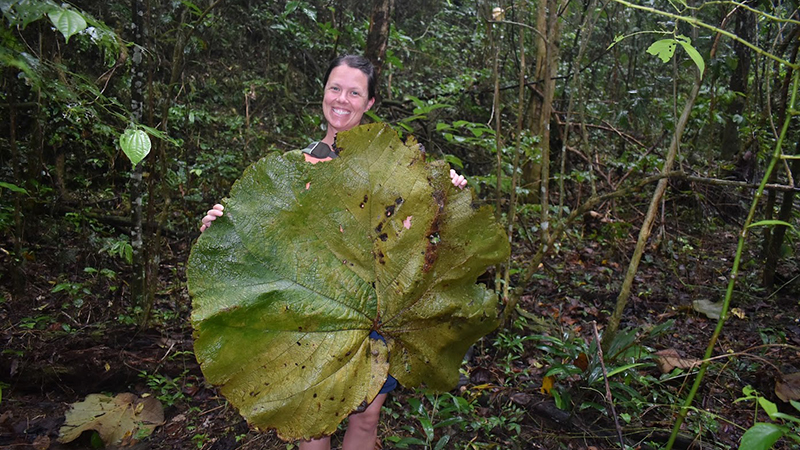
By Ronica Stromberg
Ann Powers has an answer for calculus students who ask, “What will I ever use this for?”
Trees.
The lecturer in Nebraska’s Regional and Community Forestry program visits calculus classrooms at Northeast High School and shows students how arborists use calculus to assign a dollar value to trees. She shows them how they can use trigonometry to calculate the height of a tree, geometry to determine a tree’s diameter, and the formula π·r2 (pi r squared) to determine its area.
Large, mature trees are worth more than scrawny, immature ones. They provide more ecosystem services like helping cool buildings with shade, cleaning air of pollutants, sequestering carbon and lessening flooding by absorbing stormwater.
People may need to assign values to trees, Powers said, when selling or developing forested land, in legals disputes between neighbors over tree damage, or when determining real estate values.
She has visited the high school classrooms a few times since Nebraska hired her as a lecturer in August 2023. In half of her position, she recruits, and in the other half, she teaches three university classes, dendrology, arboriculture and “Introduction to Forest Management."
Read the full story and see more images of Ann at https://snr.unl.edu/aboutus/what/newstory.aspx?fid=1133